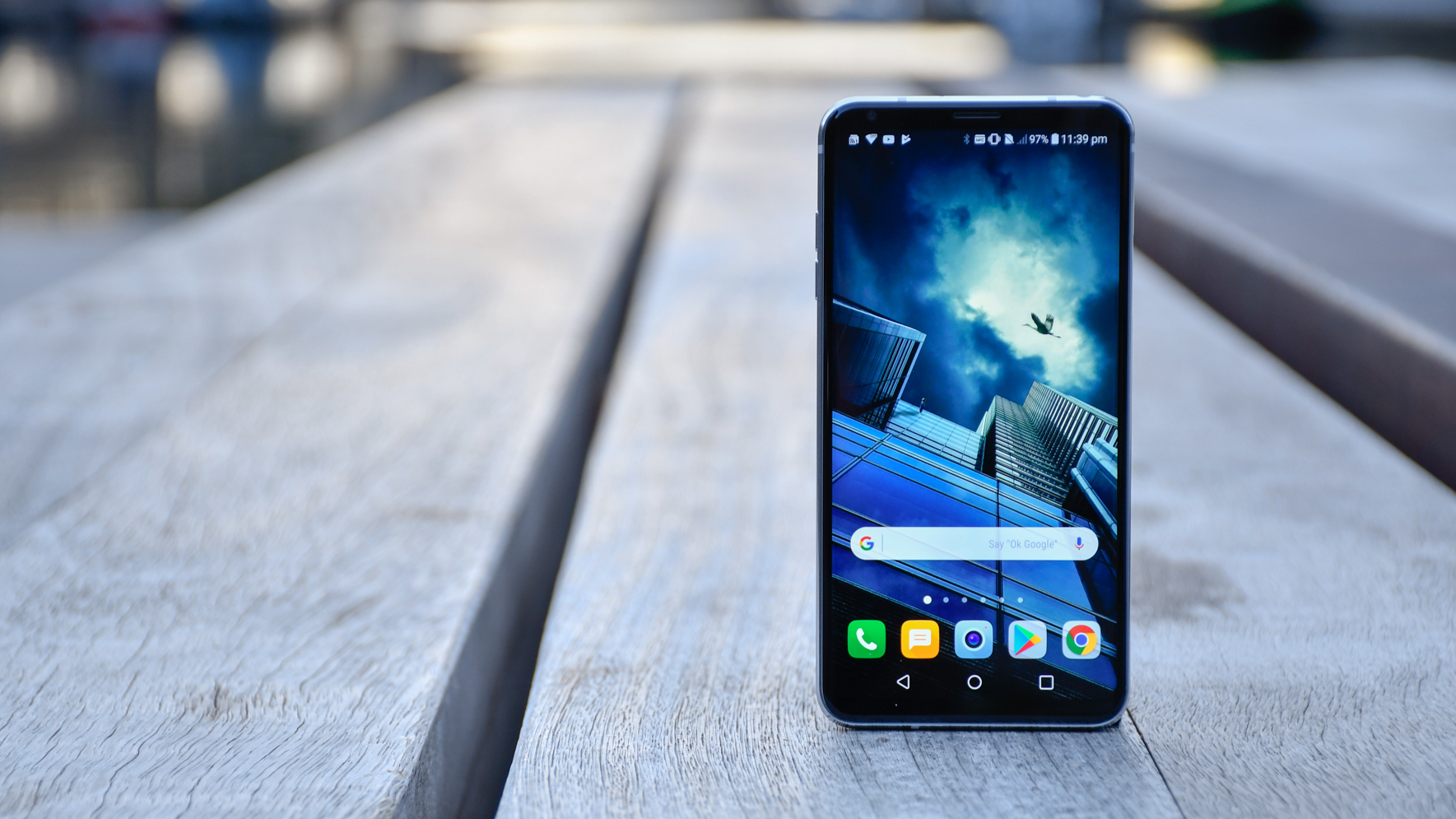TechRadar Verdict
Whatever points LG scores in the design department, it loses in the performance and camera domains.
Pros
- +
Streamlined design
- +
Gorgeous OLED display
Cons
- -
Camera isn't industry-leading
- -
UI needs a complete overhaul
- -
Price
Why you can trust TechRadar
A lot has changed since 2015 when LG launched the V10, debuting its flagship V-series. Back then, it was more of an experimental lineup which had some nifty little unique features. Some of those conceptual features like the dual camera setup and second screen made their way into the market with various OEM’s.
In fact, just last year we saw numerous smartphones with a dual camera system on the back, something that LG did with its second flagship smartphone, the V20.
Now, while other smartphone manufacturers have slowly caught up with LG, instead of leaping forward, LG is focusing on improving its own palette. And that’s what the V30 is all about. The subtleties.
In India, LG has launched the V30+ instead, which comes with double the storage than the regular variant.
LG V30+ price and release date
LG launched the V30+ in India on 13 December last year at a competitive price of Rs 44,990. For a flagship smartphone in the Indian market, LG has managed to get the pricing right. The V30+ is available exclusively on Amazon India.
Design

The LG V30+ is a single block of glass accented by a metal frame. Even then, the V30+ does not give you the first impression of being a sturdy phone. It has this delicate to touch surface which will only reaffirm your decision of putting on a case. That is a drawback of having a glass back on a smartphone. While you get a gorgeous device in your hand, the chances of it slipping and crashing to the ground are heightened.
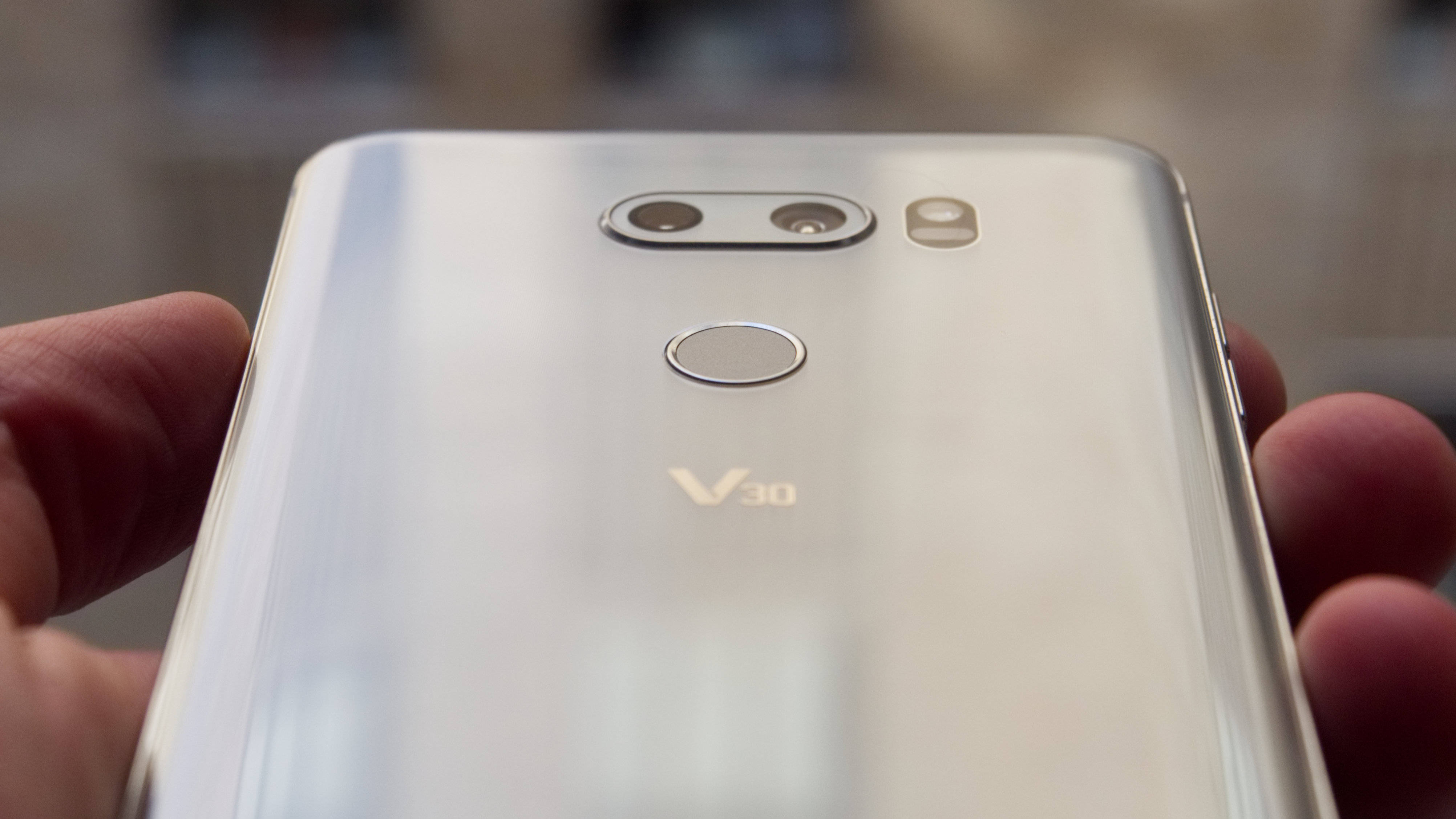
There are no logos or markers on the front and the phone just looks drop dead sexy with its symmetrical design. On the back, you get the dual camera setup followed by a fingerprint sensor that doubles up as the clickety home button. The V30+ and LG signage are under the glass which does not distract your eyes from that shiny back.
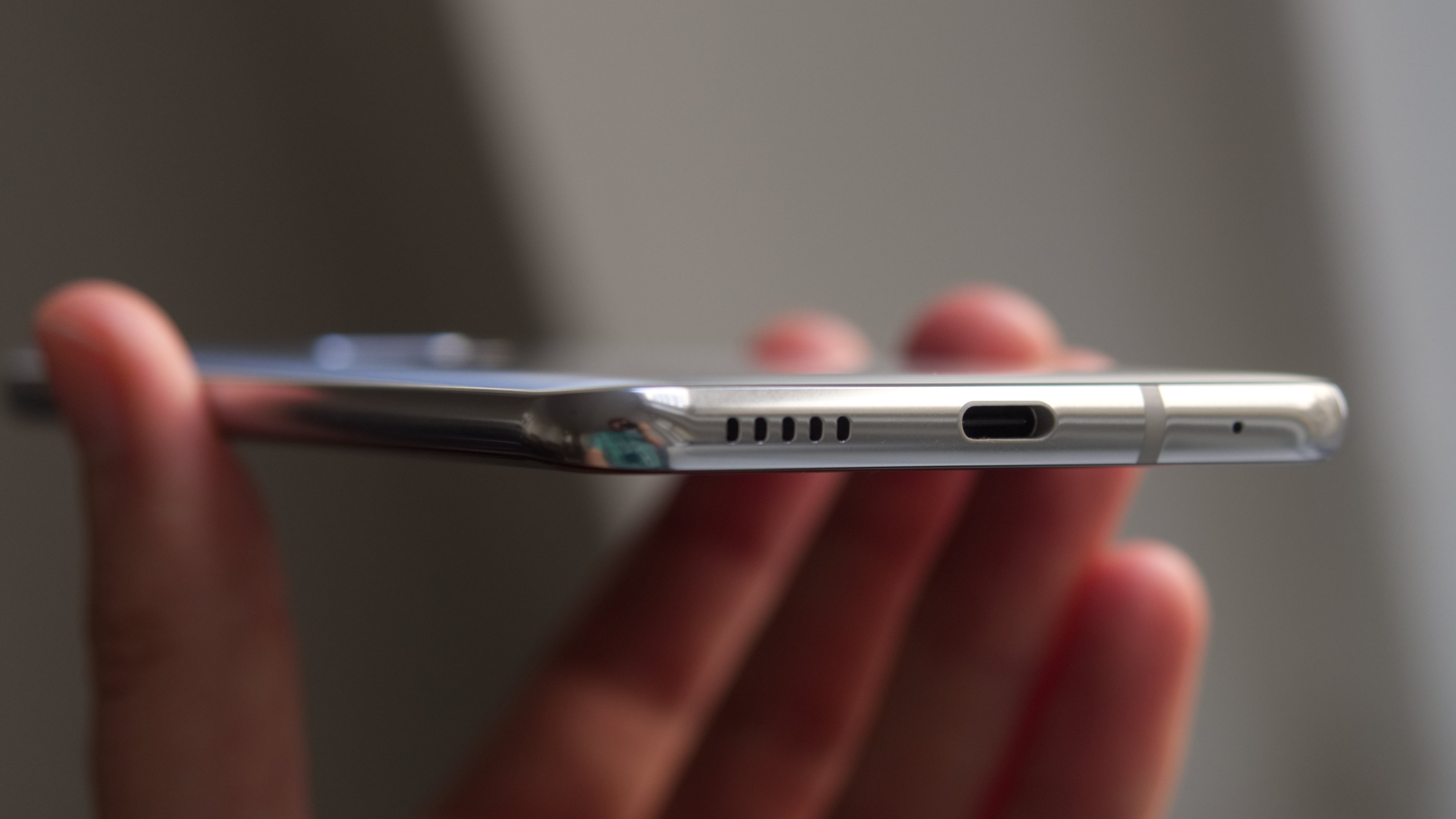
LG V30+ measures in at 151.7 x 75.4 x 7.3mm and weighs 158 grams which puts it at par with the rest of the flagship smartphones. It’s remarkable what LG has achieved by fitting in a display that’s half an inch larger making it the same size as the metal frame.
On the left edge, you will find the volume rockers while the right side houses the hybrid SIM card slot. Up top, there’s a 3.5mm headphone jack while the bottom has a speaker grill and the USB-C port along with a microphone.
The phone is IP68 certified which makes it dust and waterproof for over 1.5 meters or 30 minutes. It is also MIL-STD-810G compliant which is a US military test for determining the surviving capability of devices under certain environmental conditions. Though by that, it does not mean that the V30+ is durable and won’t crack upon receiving a hit.
Display
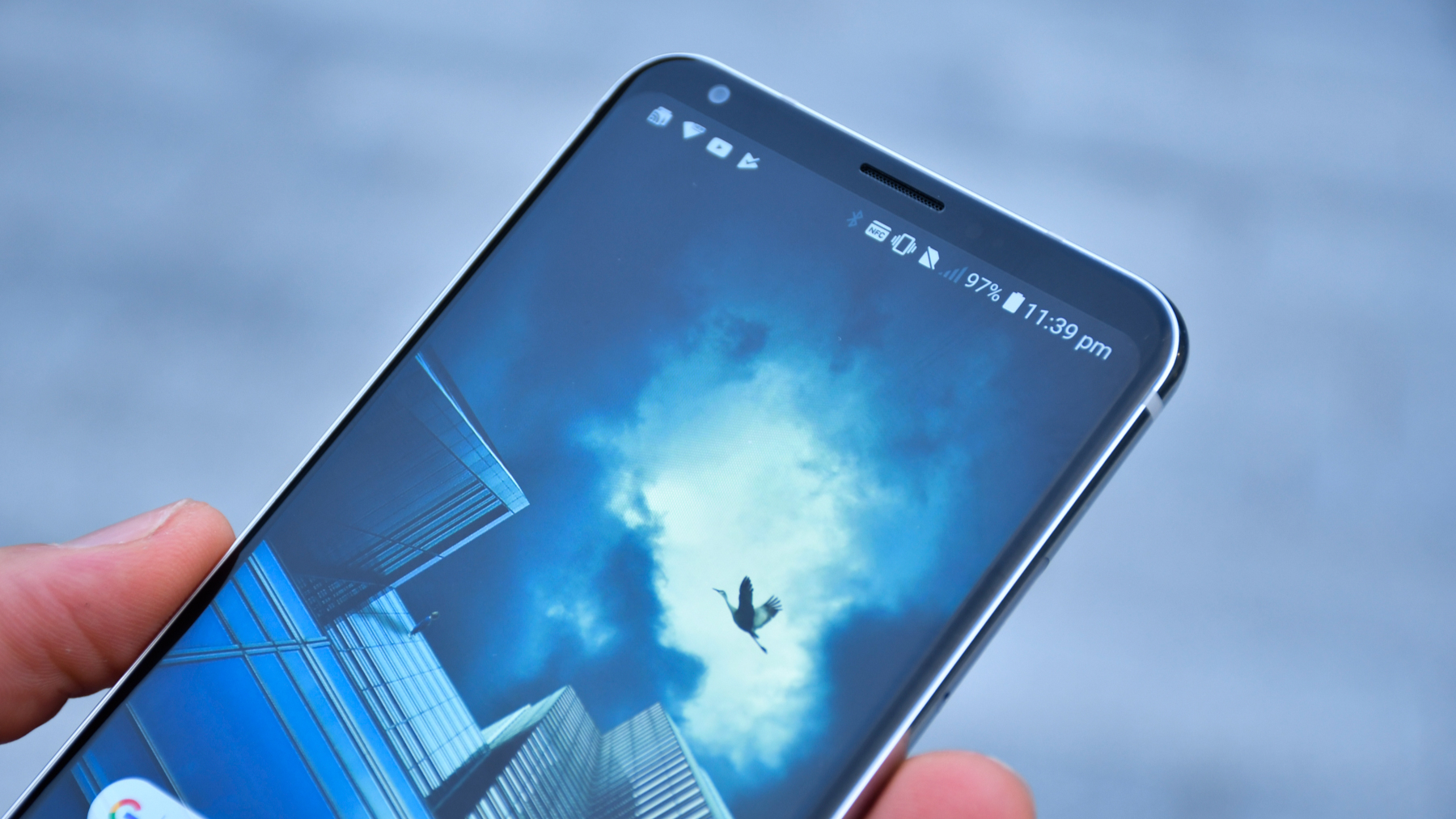
LG’s FullVision 6-inch OLED display tuned to a QHD+ resolution (2,880 x 1,440 pixels) makes for the front of the phone. There are minimal bezels on all the four sides. Using many of the so-called “bezel-less” smartphones in recent times, we have come to appreciate the little bezels on the front as they minimise accidental touches while the phone is in use.
The display is bright enough with vibrant colors and is great to watch videos on. Of late, Google’s Pixel 2 XL has been on the receiving end of criticism because of issues like desaturated colors, screen burn-in, and a blue-tinted LG manufactured display. These do not plague the V30+ except the blue tinted display which is minimal but something you cannot unsee once you notice it.
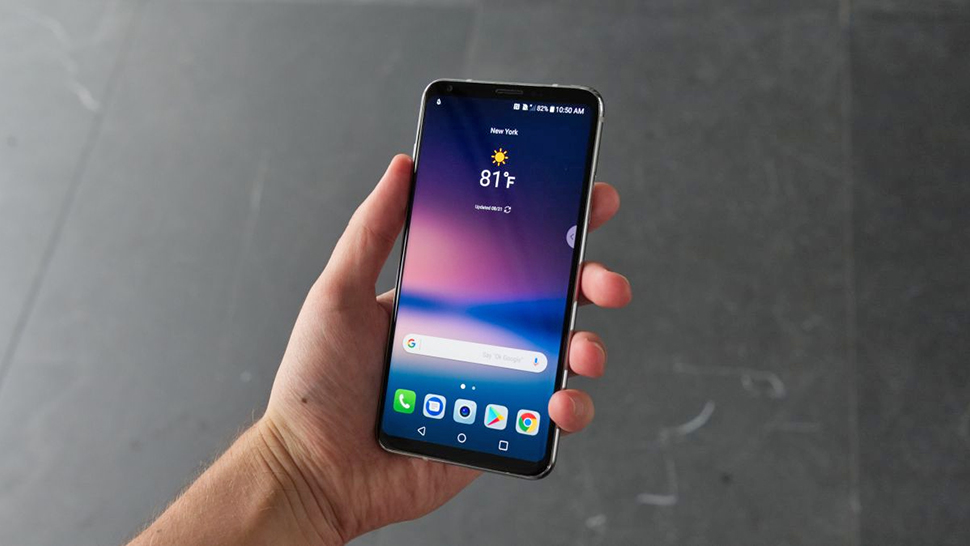
The settings include a comfort view option which can be turned on to reduce the blue light on the display. There isn’t much wrong with the display of V30+, it does a nice job and users who consume a lot of content on their phones will absolutely love it. It’s just that we have seen more superior displays on phones such as the Samsung Galaxy Note 8 and S8+.
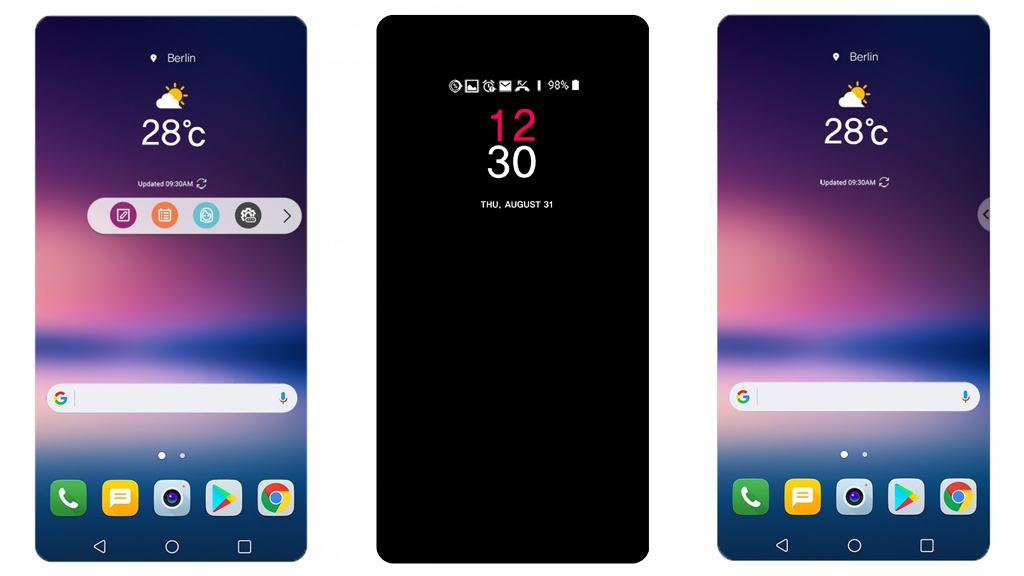
LG has done away with the second screen on the V30+ which was a unique part of the V-series phones up until last year. Now, there’s a virtual floating bar which does the same job and tucks away on either side of the screen. It’s customisable and users can select their most used app to show up in the floating bar. It is a welcome change, but it cannot save the user experience.
- Siddharth Chauhan is the Consumer Technology Reporter at Digit India. He used to work as an Assistant Editor at TechRadar India
